Is Sudocrem Good for Spots and Acne?

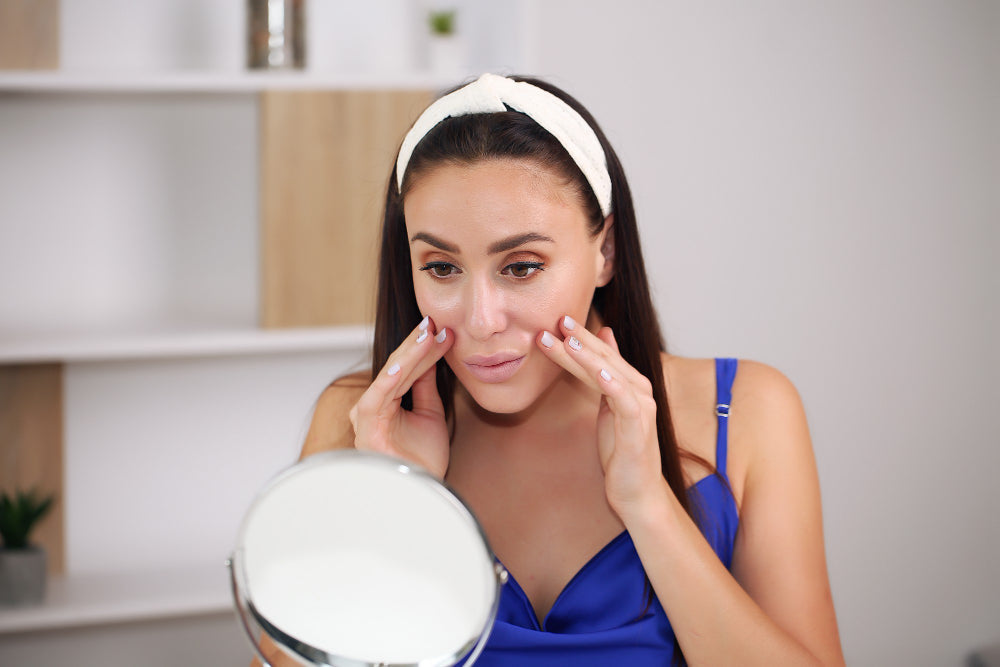
Related products
Acne is a pervasive skin condition that affects millions globally, manifesting as blackheads, whiteheads, pimples, and sometimes cysts. Primarily caused by the overproduction of oil, clogged pores, bacteria, and hormonal fluctuations, acne impacts not just the skin but also the psychological wellbeing of individuals. Sudocrem, widely recognised for its general skincare applications, particularly in soothing diaper rash and minor burns, contains ingredients that suggest potential benefits for acne treatment. This article critically examines the effectiveness of Sudocrem as a potential treatment for acne, exploring its ingredients, properties, and user experiences to determine its viability in acne care and we'll answer the question ''is sudocrem good for spots?''
For a more tailored solution, you may want to explore skin care products designed specifically for acne-prone skin, like those containing benzoyl peroxide or salicylic acid.
What is Sudocrem?
Developed in 1931 by Thomas Smith, Sudocrem was originally formulated to treat diaper rash. It is a thick, grey cream known primarily for its antiseptic properties. The key ingredients in Sudocrem include zinc oxide, lanolin, and benzyl alcohol. These components are known for their protective, healing, and antibacterial properties, making Sudocrem a popular choice for a variety of skin conditions beyond its initial purpose. In skincare, Sudocrem is used not only to prevent diaper rash but also for minor cuts, burns, and eczema, indicating its broad utility in skin protection and healing. Its use for acne treatment, although not originally intended, stems from its anti-inflammatory and antibacterial properties, warranting an investigation into its effectiveness against acne.
What is Considered Acne?
Acne vulgaris, commonly referred to as acne, is classified into several types, including hormonal, bacterial, and cystic acne. These categories help determine the appropriate treatment approach. Hormonal acne, for example, is often treated with oral contraceptives or medications like spironolactone, which reduce oil production. Bacterial acne responds well to antibiotics and topical treatments that contain benzoyl peroxide or salicylic acid. Cystic acne, one of the most severe forms, may require isotretinoin or corticosteroid injections due to its deep, painful cysts and nodules. Each type presents unique challenges, such as resistance to treatment, recurrence, and significant impact on skin integrity and appearance. Understanding these distinctions is crucial when considering any treatment, including Sudocrem, to ensure it targets the specific underlying causes of the acne type being treated.
Sudocrem's Ingredients and Acne Treatment
Sudocrem contains several key ingredients that may influence its effectiveness in treating acne. Zinc oxide, one of its primary components, is known for its anti-inflammatory and antibacterial properties, which can help soothe irritated skin and reduce the prevalence of acne-causing bacteria. Another ingredient, benzyl alcohol, serves as both an antiseptic healing cream and a mild anaesthetic, potentially easing the discomfort associated with acne and purifying the skin's surface. However, the inclusion of lanolin, while beneficial for its moisturizing qualities, might be problematic for acne-prone skin due to its potential to clog pores. These ingredients suggest that while Sudocrem can provide certain benefits, such as reducing irritation, instantly soothe sore skin and limiting bacterial growth, its use in acne treatment must be approached with caution to avoid exacerbating the condition.
Zinc Oxide
Zinc oxide, a major component in Sudocrem, plays a significant role in reducing skin inflammation and possesses antibacterial properties, which are essential in acne management. Zinc is often used in dermatology for its ability to regulate oil production and soothe irritated skin, making it an excellent candidate for treating inflammatory acne. According to Dr. Sarah Brewer, a GP and health writer, "Zinc oxide's astringent properties can help to reduce oiliness, while its soothing effect on skin cells can alleviate some of the redness and size associated with inflamed acne."
For targeted treatment, Sudocrem Antiseptic Cream is a convenient option, known for its anti-inflammatory benefits. It works well for treating smaller patches of acne, reducing redness, and promoting faster healing.
Benzyl Alcohol
Benzyl alcohol functions as a mild anaesthetic and antiseptic. It can help to reduce the discomfort associated with severe acne lesions and prevent bacterial contamination and growth. This component of Sudocrem can clean the skin surface and purify from acne-causing bacteria, potentially reducing the prevalence of bacterial acne. However, its concentration in Sudocrem is relatively low, so while it supports the antiseptic action, it should not be solely relied upon for severe bacterial acne infections.
For targeted acne treatment, Sudocrem works as a go-to option, helping to reduce redness and promote healing.
Lanolin
Lanolin, a moisturiser included in Sudocrem, can be both beneficial and problematic in acne treatment. While it helps to soothe dry, irritated skin, its heavy texture might exacerbate acne in individuals with oily skin by potentially clogging pores. Dermatologists often advise patients with acne-prone skin to be cautious with products containing lanolin, especially those with an oily complexion, as highlighted by Dr. Jane Wilson, a dermatologist who notes, "For patients with dry skin, lanolin can be beneficial, but those with oily skin types might find it comedogenic, which could worsen acne symptoms."
For those looking for a more lightweight, non-comedogenic alternative, Sudocrem Skin Care Cream 30g might be a better option, as it is formulated to hydrate and protect the skin without the heavy consistency of traditional ointments.
Pros and Cons of Using Sudocrem for Acne
Sudocrem may offer some benefits for acne management due to its soothing and antibacterial properties, which can help reduce inflammation and prevent bacterial growth on sore skin. However, its utility is limited by its potential to clog pores, especially in those with oily skin, due to its thick, greasy consistency. Additionally, there is a lack of clinical studies specifically investigating Sudocrem's effectiveness against acne, making it less reliable than treatments designed specifically for this condition. It's essential for users to consider these factors and possibly consult a dermatologist before using Sudocrem as part of an acne treatment regimen.
Advantages
Cost-effective Solution: Sudocrem is notably affordable compared to many specialized acne treatments available on the market. Its low cost makes it an attractive option for individuals seeking a budget-friendly alternative for managing mild acne symptoms.
Soothing and Healing Properties: The formulation of Sudocrem provides soothing effects, which can be beneficial in reducing the irritation and redness associated with acne. The presence of zinc oxide helps in calming inflamed skin and promoting a faster healing process.
Accessibility and Ease of Use: Sudocrem is widely available in pharmacies and supermarkets, making it easily accessible. Its application is straightforward, requiring only a thin layer barrier cream to be applied to the affected area, which can be done without professional supervision.
Disadvantages
Potential for Clogging Pores (Comedogenicity): Despite its benefits, Sudocrem contains lanolin, which may clog pores, particularly in individuals with oily skin types. This aspect can potentially exacerbate acne conditions by trapping oil and bacteria under the skin.
Lack of Direct Acne Treatment Studies: There is a notable absence of clinical research specifically targeting the effectiveness of Sudocrem in treating acne. This lack of direct evidence may deter healthcare professionals from recommending it as a primary treatment for acne.
Possible Irritation or Allergic Reactions in Sensitive Skin: Although Sudocrem is generally well-tolerated, some individuals, especially those with sensitive skin, may experience irritation or allergic reactions due to some of its ingredients, such as benzyl alcohol.
Comparisons to Other Acne Treatments
Comparison with Over-the-Counter Acne Treatments: Common ingredients in over-the-counter (OTC) acne products include salicylic acid and benzoyl peroxide, which are proven to effectively treat acne by exfoliating the skin and killing bacteria. Unlike Sudocrem, these treatments are specifically designed to target acne and are supported by extensive clinical research.
Analysis of Effectiveness Relative to Prescription Medications: Prescription treatments, such as retinoids and antibiotics, are often more potent and targeted compared to Sudocrem. These medications are prescribed for moderate to severe acne and provide a tailored approach based on the individual's skin type and acne severity, which Sudocrem cannot offer.
Discussing Suitability for Different Acne Types: Sudocrem may be more suitable for occasional, mild acne or as a supplemental treatment for soothing inflamed skin. In contrast, persistent or severe acne typically requires more aggressive treatments such as prescription medications or hormonal treatments.
Recommendations and Best Practices
How to Properly Use Sudocrem for Acne: To use Sudocrem effectively for acne, apply a small amount to thoroughly cleansed and dried skin. Focus on affected areas and use as a spot treatment rather than a full-face application to avoid excessive oiliness.
Who Should Consider Using Sudocrem for Acne Treatment: Individuals with mild, non-cystic acne or those looking for a supplementary treatment to soothe skin may benefit from using Sudocrem. It is also suitable for people seeking a gentle, non-irritating solution in addition to their main acne treatment regimen.
Alternative Recommendations for Those with Severe Acne: For severe acne, it is advisable to consult a dermatologist for a more comprehensive treatment plan. Prescription medications, hormonal treatments, or professional procedures like chemical peels or laser therapy may be more appropriate.
People Also Ask
Does Sudocrem get rid of spots quickly?
Sudocrem is not specifically designed to target acne or spots quickly. While it has anti-inflammatory and antibacterial properties that may help soothe and reduce the appearance of spots, it does not contain ingredients that rapidly eliminate acne, like salicylic acid or benzoyl peroxide. The effectiveness of Sudocrem on spots may vary, and it typically serves more as a soothing and protective measure rather than a rapid treatment solution.
What is the best thing to put on a spot?
The best treatment for a spot depends on the type of acne and the individual's skin type. Over-the-counter treatments containing salicylic acid, benzoyl peroxide, or sulphur are commonly recommended because they help to clear pores, reduce swelling, and kill bacteria. For more severe or persistent acne, dermatologists may recommend prescription medications, such as retinoids or antibiotics.
Can you use too much Sudocrem?
Yes, using too much Sudocrem can potentially lead to issues such as clogged pores, especially in those with oily or acne-prone skin. Sudocrem is quite thick and contains ingredients like lanolin, which can be comedogenic (pore-clogging). It's advisable to use Sudocrem sparingly, applying a thin layer only to the affected area to avoid exacerbating acne or causing skin irritation.
Can I use Sudocrem on my private area?
Sudocrem can be used on the private area for issues like chafing, mild irritations, or nappy rash, also known as diaper skin rash, due to its soothing and protective properties. However, it is important to use it with caution and ensure that it is suitable for your specific concern. For infections or more serious skin conditions, it is best to consult a healthcare professional before applying any product in very sensitive skin or areas.
Conclusion
While Sudocrem offers some benefits for treating mild acne due to its soothing and antibacterial properties, it is not a standalone solution for severe acne or diverse acne types. Its use as part of a broader acne management strategy should be considered cautiously, with attention to individual skin responses and potential limitations. For effective acne treatment, especially in moderate to severe cases, more specific and clinically validated acne treatments should be prioritized.



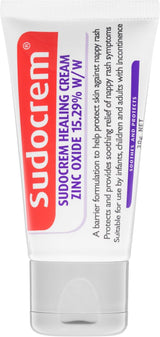



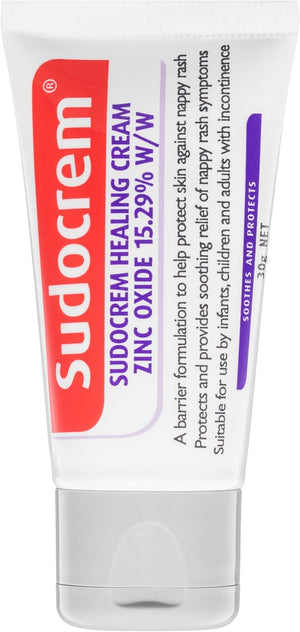



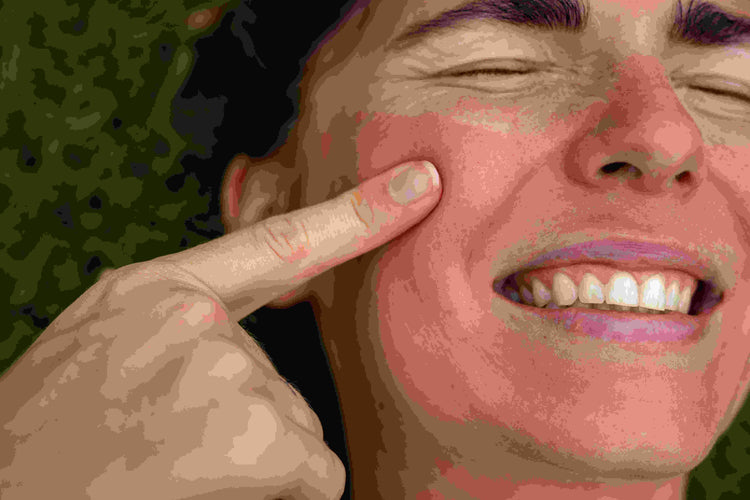
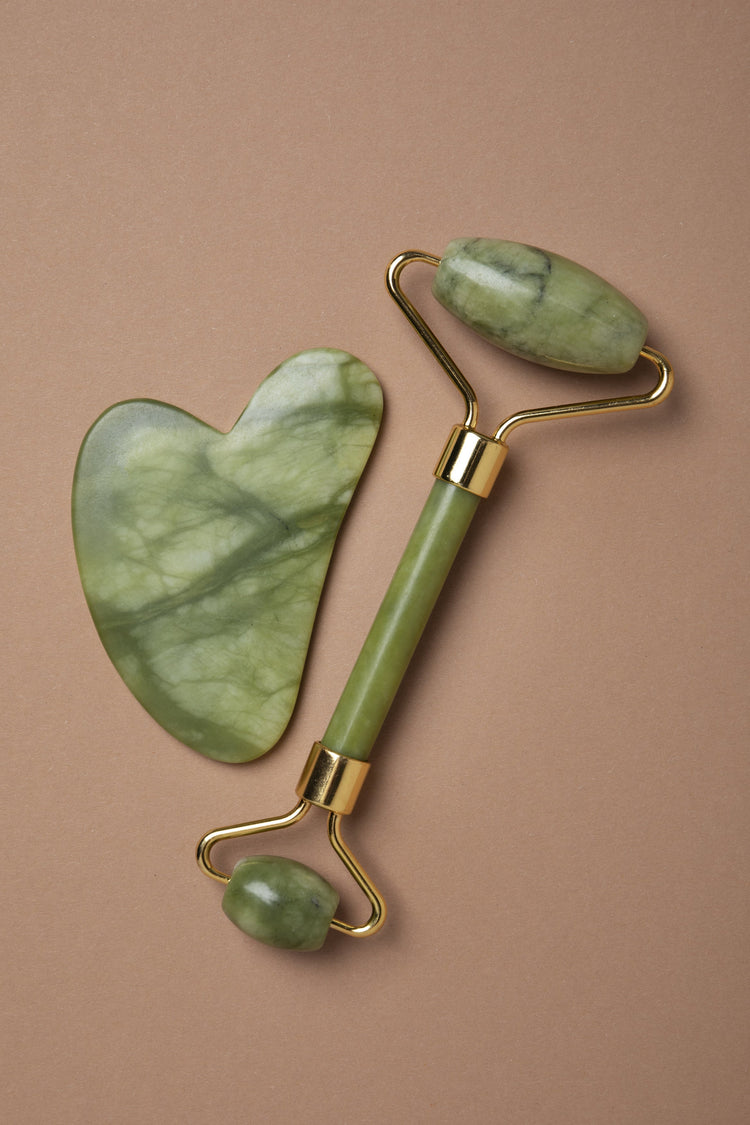
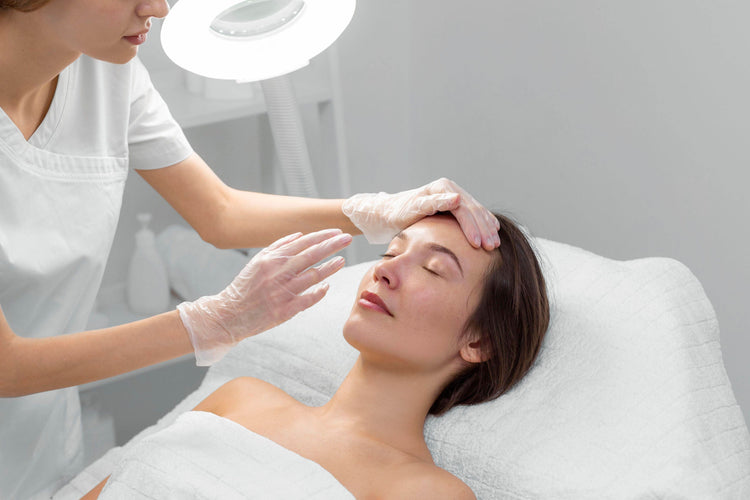


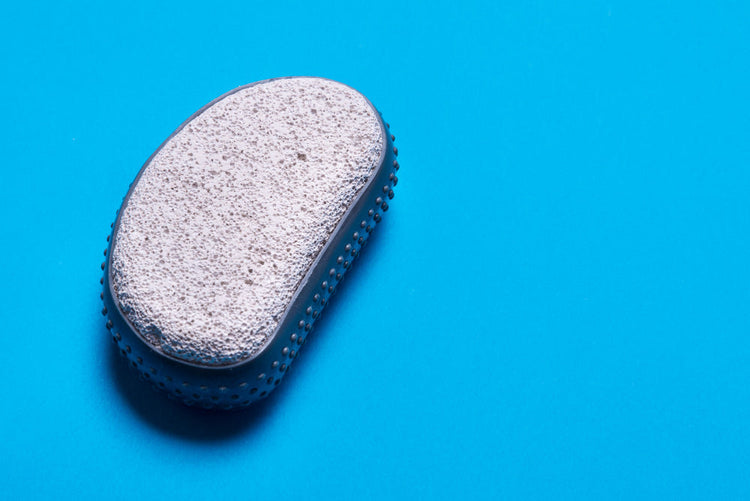
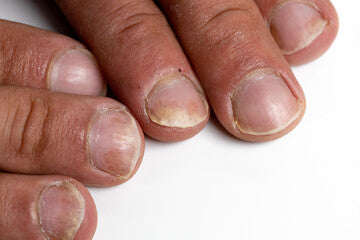

 Rated Excellent by 26,523+ Reviews
Rated Excellent by 26,523+ Reviews